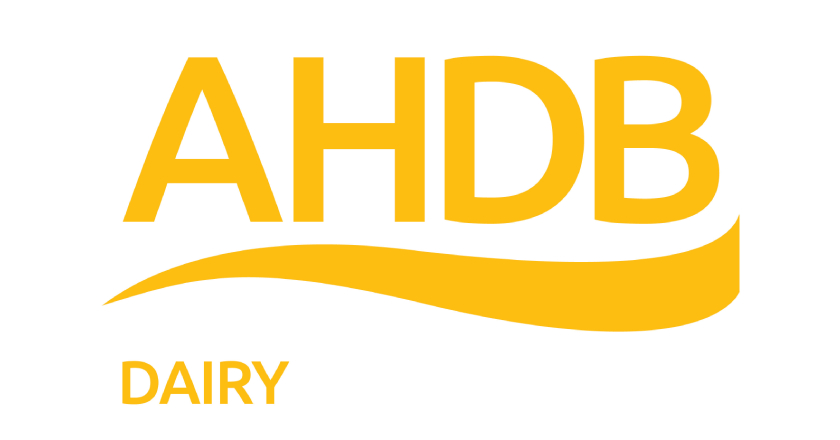On the supply side, AHDB Dairy reports declines in the growth of the global milk pool, influenced by factors such as the increasing sustainability agenda and increasing cost of production. Alongside this we see a movement towards increasing components (fat and protein content of milk) as opposed to just production. Looking to demand, some of the market drivers include changing consumer preferences, economic recovery and growth in key importing countries and the increasing affordability of dairy in developing regions.
EU
The European Commission are forecasting slight growth (0.4%) in milk production in 2024, with more favourable weather conditions and increased yields, despite a declining herd. In terms of products, we are likely to see growth in butter and cheese production, whilst drinking milk and powders are likely to ease.
On the demand side, the EU Commission foresee an increase in exports of cheese and whey, aided by higher milk solids availability and competitive prices. Conversely, exports of milk powders are likely to be limited by stilted demand from major buyers in North Africa the Middle East. Domestic demand for cheese is also anticipated to grow as food inflation eases and processing costs lower in line with easing energy prices, compared to the highs of recent years. EU use of whey and butter are expected to remain stable, whilst both SMP and WMP will decline in 2024.
Uncertainties in the EU market include the risk of further bluetongue virus outbreaks. Additionally, there are some concerns about the availability of feed and forage in the later months, following the impacts of poor spring weather on crop production.
US
US milk supply saw a significant decline in the second half of 2023, as increased cow slaughter resulted in contraction of the national herd. Production has picked up in the first half of 2024, although is still below year ago levels and the USDA forecasts lower milk supply for both 2024 and 2025.
US dairy imports are forecast to be higher in 2024, particularly for cheese, butter and butterfat products. This may indicate some demand growth, however reported domestic cheese demand for the year to date has been patchy, varying between regions, as US consumers have experienced sustained pressure on spending.
Highly pathogenic avian influenza (HPAI) has been detected in 160 dairy herds across 13 states, as of July 2024. Consumer confidence may be reduced if the disease becomes more widespread and so it will be important to monitor any impacts on the market.
Mexico imported a large volume of dairy in 2023, which it is unlikely to replicate in 2024, due to carryover of stocks. This may impact US trade volumes as the majority of this product originated from the US.
Oceania
Production in Australia is lifting, as robust milk prices and easing input costs give some confidence to producers with more moderate seasonal weather conditions. Dairy Australia report that for the milk season so far (July 23-May 24) production is up 3% on the same period of the previous year. On the flipside, production in New Zealand has been down year on year, with producers looking to reduce on farm costs and experiencing challenges with weather.
Consumers in Australia have made a long-term shift to cost saving behaviours, increasing in-home consumption and choosing own label products in an attempt to curb spending. However, Dairy Australia report that volumes sold across most key dairy categories are growing, supporting domestic demand in retail. Demand for New Zealand dairy products is largely driven by export, particularly to China, which have been easing since 2022.
China
We continue to see an increase in China’s domestic production of milk, bolstering their available supplies. Historically China has been a major importer of dairy products however their increased domestic capacity, supported by government incentives, has the potential to change this. Looking at product splits, we see China increasing their production of milk and powders, however processing capacity limits growth in butter and cheese, which is reflected in their import volumes.
On the demand side, China’s demand is intrinsically linked with economic growth. As GDP per capita has stalled into 2024, we have seen that reflected in easing of import demand for dairy products. However, consumers are becoming increasingly health conscious and are therefore looking to purchase nutritious dairy products, which could provide some support to the market.
SE Asia
Market reports forecast that 2024 global demand for dairy is likely to be stable, however slight growth may come from increased per capita consumption in Southeast Asia. This presents an opportunity for cheese in particular, with markets such as Japan and Korea encouraging prospects for increased cheese imports going forward.
The Philippines is another market that has up and coming potential. Currently 99% of the country’s dairy products are imported, due to a lack of infrastructure to grow domestic production. This means that an increase in domestic demand, is likely to be fulfilled by increased imports.



